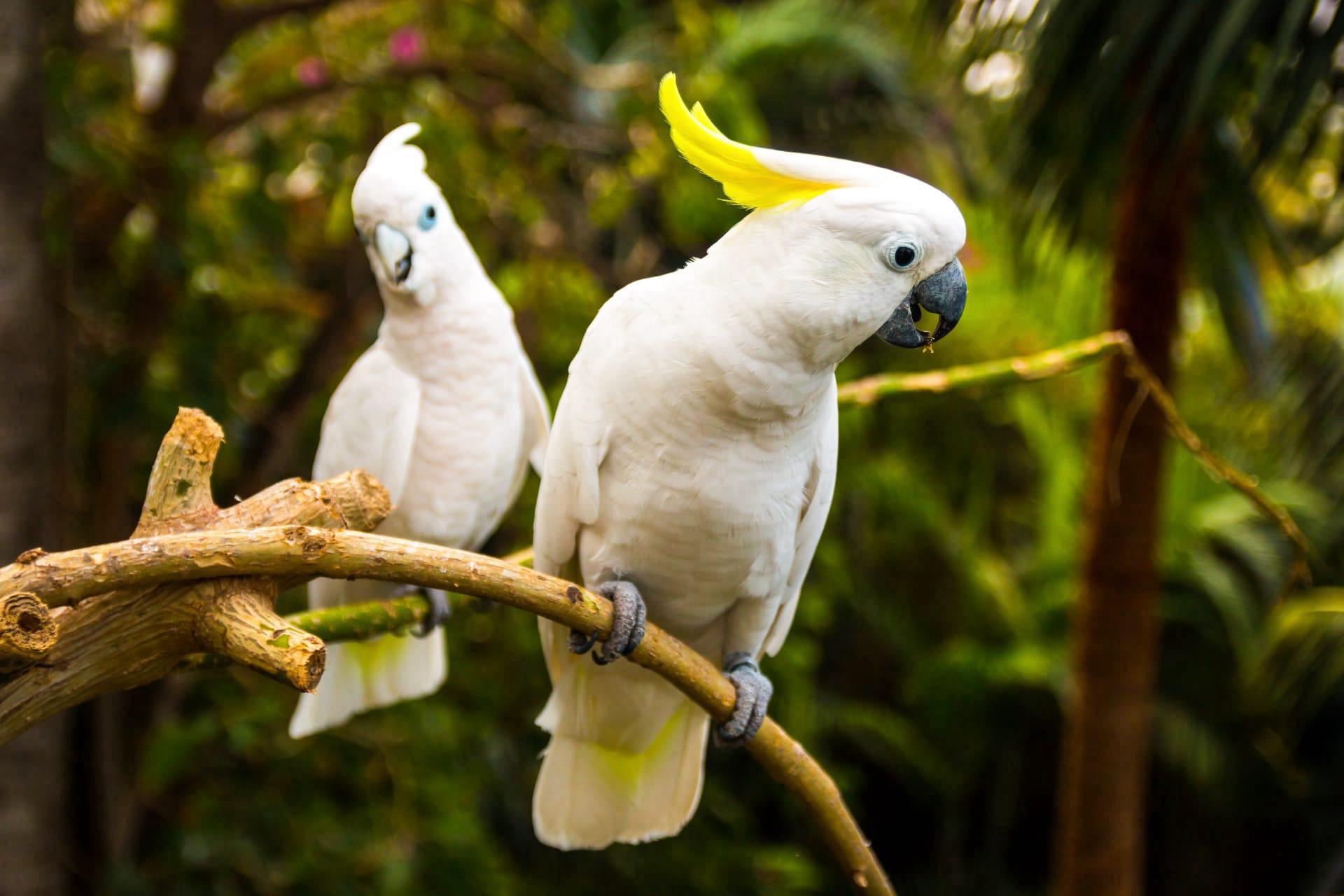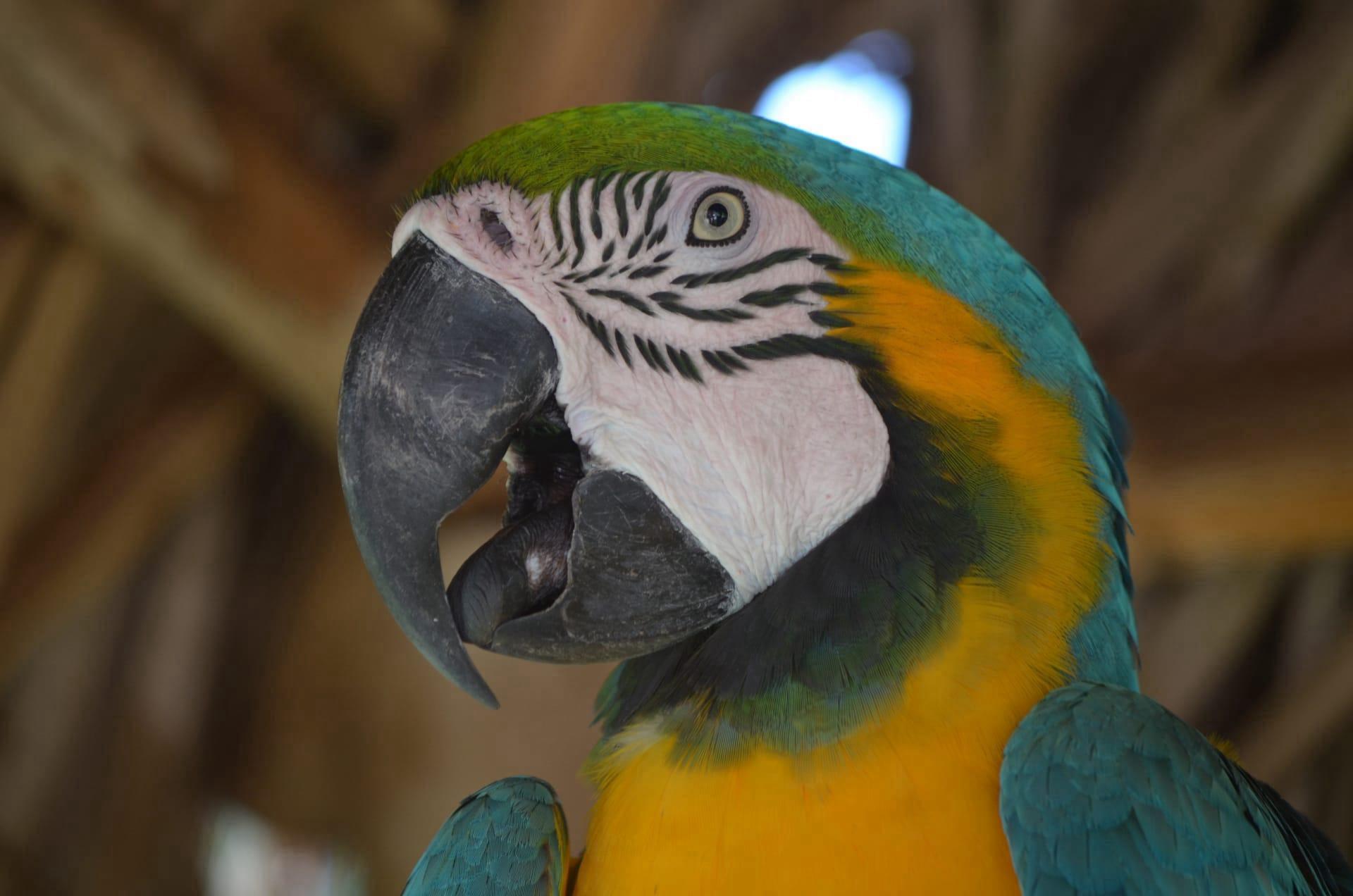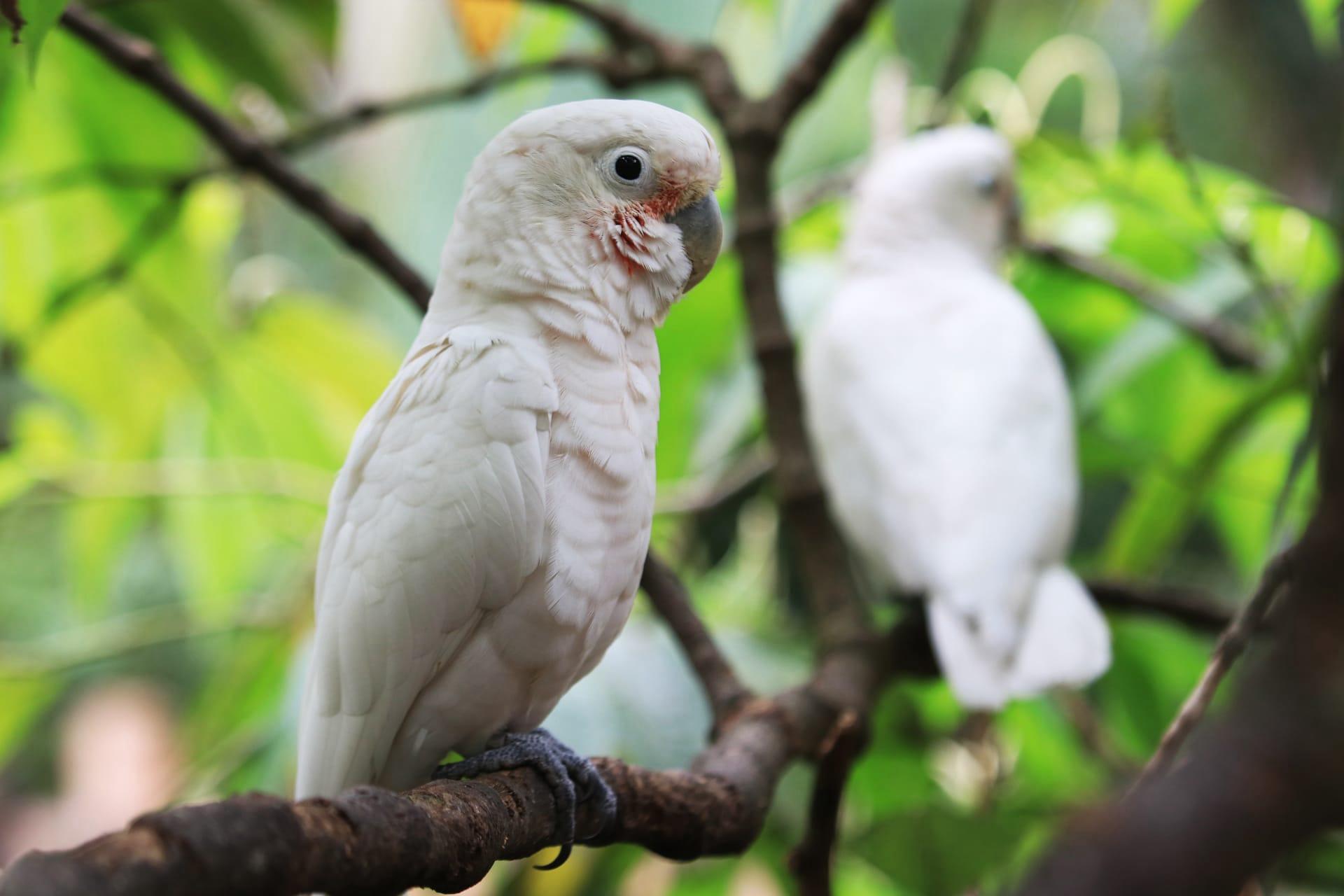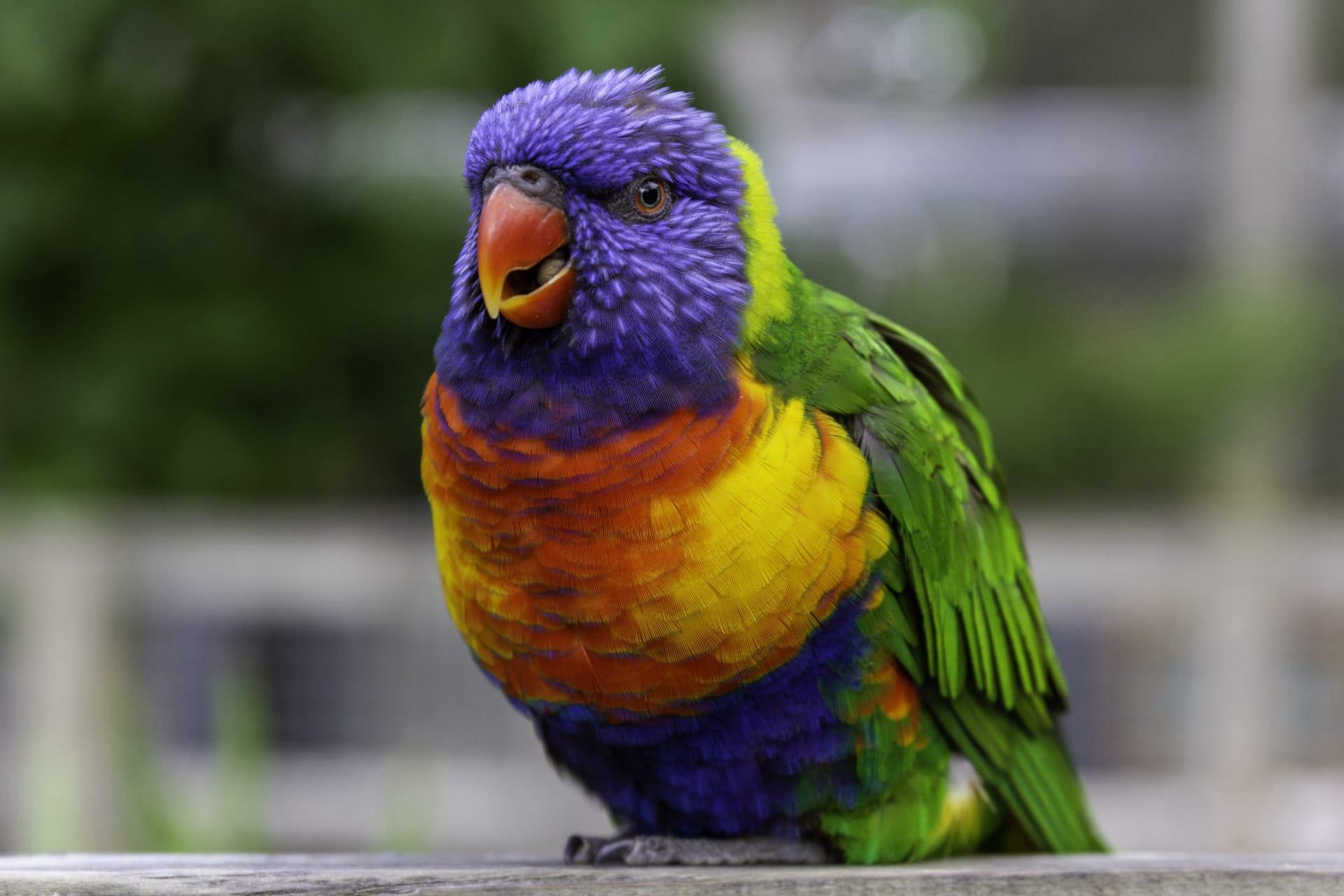Cockatoo
- Home /
- Mini Encyclopedia /
- Animal /
- Cockatoo
1
Cockatoos, a captivating group of parrots, belong to the family Cacatuidae within the order Psittaciformes. This family is distinguished by their showy crests and curved bills. There are 21 recognized species of cockatoos, divided into three main genera: Cacatua, Calyptorhynchus, and Nymphicus. Each species has unique features, such as the Moluccan Cockatoo's salmon-pink feathers, the glossy black plumage of the Red-tailed Black Cockatoo, and the distinctively small Cockatiel. Their diverse appearances reflect the wide variety in their species classification.
Cockatoos are primarily found in Australia and the islands of Indonesia, Papua New Guinea, and the Philippines. They inhabit a range of environments from the snowy mountains of Tasmania to the tropical rainforests of Indonesia. In Australia, they are commonly seen in eucalyptus woodlands, while in other regions, they adapt to mangroves and even urban areas. The geographical spread of cockatoos is vast, with some species like the Sulphur-crested Cockatoo having a large range across northern and eastern Australia and Tasmania, while others like the Palm Cockatoo are more localized in the rainforests of New Guinea.

2
Question: Is it true that all cockatoos are loud and destructive pets?
Answer: While cockatoos are known for their vocal abilities and can be quite loud, not all of them are incessantly noisy or inherently destructive. The volume and frequency of their calls vary among species and individual birds. Some, like the Galah, are more vocal during social interactions, while others are quieter. Their tendency to chew or destroy objects is often a result of their natural behavior to forage and explore, which can be managed with proper training and environmental enrichment. It's essential to understand that while some cockatoos can be challenging pets, with appropriate care and stimulation, they can be affectionate and engaging companions.

3
Cockatoos have developed several survival strategies to thrive in their environments. Their strong, curved beaks are perfect for cracking open hard nuts and seeds, a primary component of their diet. These birds are also highly intelligent, with some species like the Goffin's Cockatoo showing problem-solving skills. This intelligence aids them in finding food and avoiding predators. Furthermore, their distinct crests are not just for show; they use these to communicate. A raised crest can signal excitement or aggression, while a relaxed crest indicates calmness. This non-verbal communication is crucial for social interactions and survival in the wild.
Moreover, cockatoos are known for their strong social bonds. They often live in flocks, which helps in locating food and provides protection against predators. Their social structure is complex, with hierarchies and pair bonding, especially evident during breeding season. This social living not only aids in their survival but also plays a significant role in their mental health, as these birds require social interaction for overall well-being.

4
In their ecosystems, cockatoos play a significant role in maintaining the ecological balance. As seed dispersers, they aid in the propagation of various plant species. By feeding on seeds, nuts, and fruits, they help in spreading the seeds of these plants, contributing to forest regeneration and diversity. This role is particularly vital in Australian woodlands and rainforests, where certain plants rely on birds like cockatoos for seed dispersal.
Beyond seed dispersal, cockatoos also impact the ecosystem through their interactions with other species. Their foraging habits can influence the growth patterns of certain plants and trees. Additionally, their nests, often created in tree hollows, can become homes for other wildlife once abandoned, thus contributing to the habitat diversity. Their presence also affects the predator-prey dynamics in their environment, as they are preyed upon by birds of prey, influencing the populations of these predators.

5
Film: "The Wild Parrots of Telegraph Hill" is a notable documentary from the United States, released in 2003. It focuses on a flock of feral parrots, including several cockatoos, in San Francisco. The film beautifully captures the unique personalities of these birds and their interaction with a local musician who cares for them, highlighting the intricate relationship between humans and wild birds in an urban setting.
Book: "Cockatoos" by Quentin Phillipps, published in the UK in 2011, offers an extensive look into the world of cockatoos. Phillipps, a renowned ornithologist, delves into various aspects of these birds, from their behavior and ecology to their role in the environment. The book is a comprehensive guide, richly illustrated, making it accessible to both bird enthusiasts and general readers.
Book: Another significant work is "The Cockatoo: A Complete Guide to the Species" by Matthew Vriends, released in the USA in 2004. Vriends, an avian expert, provides detailed information on the care, breeding, and conservation of cockatoos. The book serves as an invaluable resource for avian caretakers, offering insights into the specific needs and characteristics of these fascinating birds.